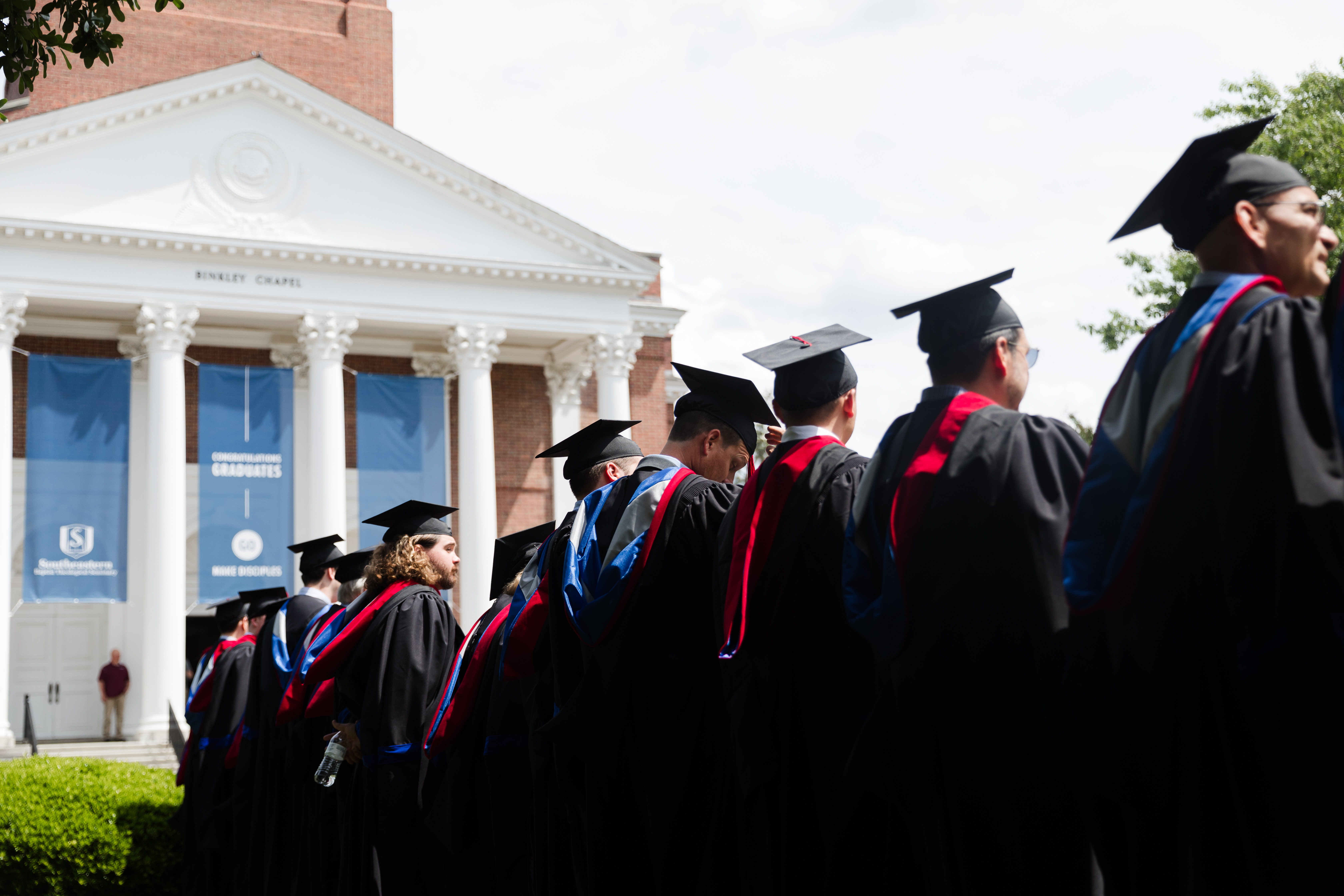This article is a part of our series, The Way of Christ in Technology.
Half a year ago, I longboarded to one of my undergraduate classes as a way to blow off some steam. It had been an already eventful start to my last semester as a college student, and I welcomed the adrenaline that I gathered through slowly rolling my way towards my classroom (I am what you might call a cautious daredevil). What started as a semi-reckless outing ended with me gingerly hanging my arm by my side as I half-limped half-scooted the rest of my way to class: I’d broken my arm.
My mother encouraged me to forever swear off the joys of commuting at a staggering 12 miles per hour. However, I still rebelliously—albeit carefully—cruise around on my trusty piece of wood on wheels. Part of the reason for this is my love for small moments of adventure, and another part is my admiration for one Walter Mitty and his engagement with technology.
Christians ought to chase after the things of Christ. This doesn’t always look like wild adventure, but does mean refusing to allow technology to frame the way that we see and interact with the world.
The Secret Life of Walter Mitty first released on December 25, 2013. I discovered it two years later in 2015, and it’s a film that continues to inform my capacity for adventure and the unknown. In one of the film’s most iconic scenes, Walter Mitty, the titular character, longboards down a mountain in search of his photographer friend, a far cry from the opening scene where Mitty was struggling to send a “wink” via dating website to his office crush. The disparity between these two scenes is a meaningful one; it speaks to the ways in which we engage with different types of technology and how we often use these as shields against the unknown rather than tools to help us grow and pursue those things that we find worth pursuing.
Walter Mitty is such a fear-mongering human being at the beginning of the film. It is for that reason that he allows technology to control him. He is isolated, has one friend, and possesses little motivation to properly pursue that which he loves. That is, until necessity and excitement jolted him out of his self-preserving state.
My commute between classes was a treacherous one, depending on the day. I alternated between gliding down smooth sidewalks and sheepishly carrying my longboard during the more difficult patches of my route (I’ve never bombed a hill before and I don’t plan to begin). I enviously watched strangers on motorized longboards zoom much faster to their destinations, not thinking that I’d likely miss the several friends that I greeted during my slow rides.
It is easy to let technology (often our convenient, risk-saving gadgets) get in the way of relationally living as God designed us to. Now, I’m not recommending that you ditch your day job and go flying down a mountain on four wheels and a plank of wood (although, if that’s right up your alley, please, by all means). I am saying, however, that Christians ought to chase after the things of Christ. This doesn’t always look like wild adventure, but does mean refusing to allow technology to frame the way that we see and interact with the world.
Near the end of the film, after many humorous and fantastical happenings, Walter Mitty finally finds his flighty friend, Sean O’Connor. Mitty approached O’Connor, who was perched on a mountain, hidden under a cozy blanket, and positioned to capture photos of snow leopards.
Anxiously waiting for the weather-worn man to snap a shot, Mitty says, “When are you gonna take it?”
O’Connor doesn’t, and it’s in his declining to do so that he teaches Mitty a valuable lesson. “Sometimes I just like to let them pass by,” O’Connor says as a wary leopard crosses his viewfinder. Mitty’s vicarious fear of missing the shot caused him to miss what was right in front of him.
I am generally of the persuasion (albeit this is likely another article) that most technology is morally neutral until utilized or acted upon. While some technology is certainly designed to hold attention, to draw in, to beckon closer, and (dare I say) to enslave, it is often our enabling that allows these things to come about. It is in conjunction with our fear of future and failure (or simply our desire for expediency) that this relinquishing of control to technology truly stunts our growth.
So, albeit now with elbow pads, I endeavor to keep longboarding as long as it functions as a tool to get me where I’m going, where that be relationally or destination-wise, or simply to experience a healthy dose of adventure.
Sign up for the CFC newsletter now!

The Master of Arts Ethics, Theology, and Culture is a seminary program providing specialized academic training that prepares men and women to impact the culture for Christ through prophetic moral witness, training in cultural engagement, and service in a variety of settings.

Perspectives: What Does Fetal Stem Cell Tissue Have to do with Vaccines?
Emeri Glen prayerfully considers the ethics of taking American vaccines in light of their ingredients.

Shame and Keeping Your Head in The Game
Emeri Glen discusses brutal forms of sports and the role of shame in the Christian's life

Photography as an Outward-Focused Art
As we aim the lens outward, we become more outward-focused and concerned with the other.
Sign up for the Christ and Culture newsletter now!
No comments have been added.